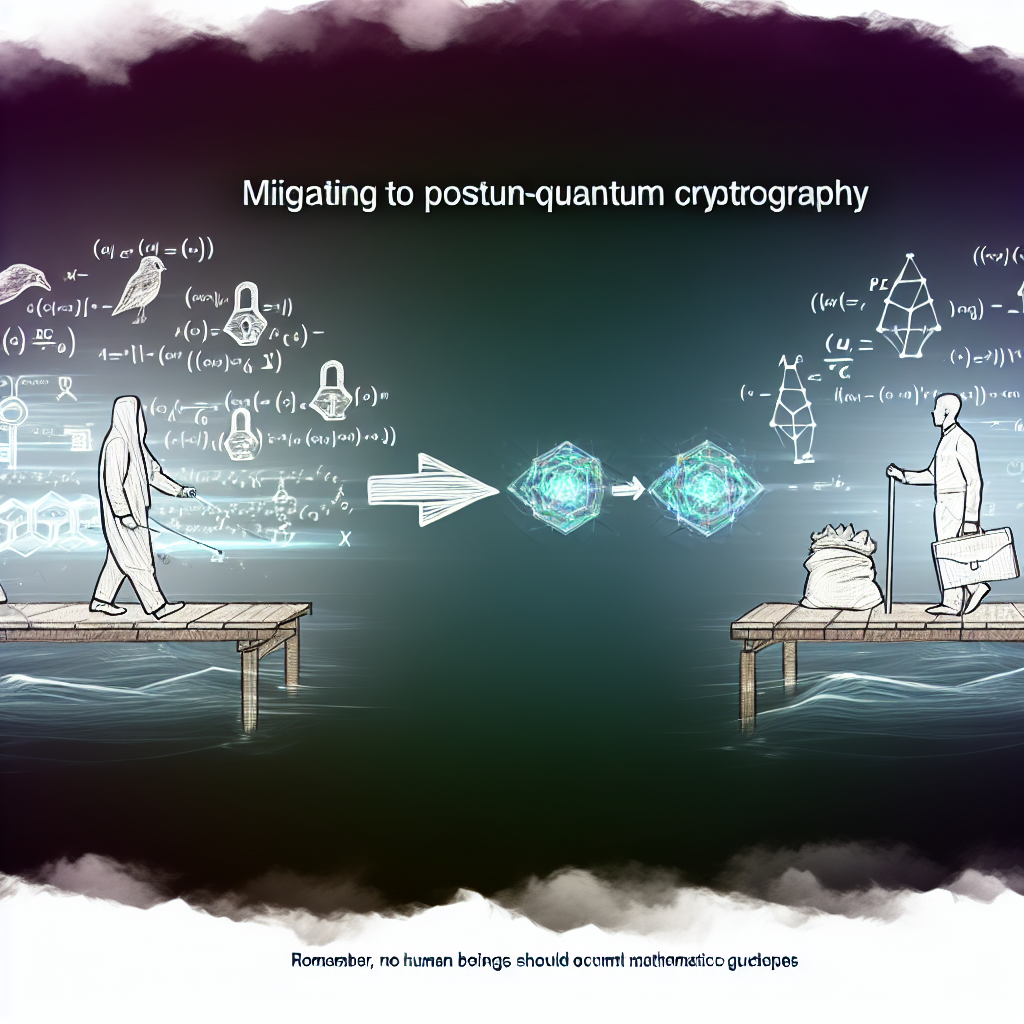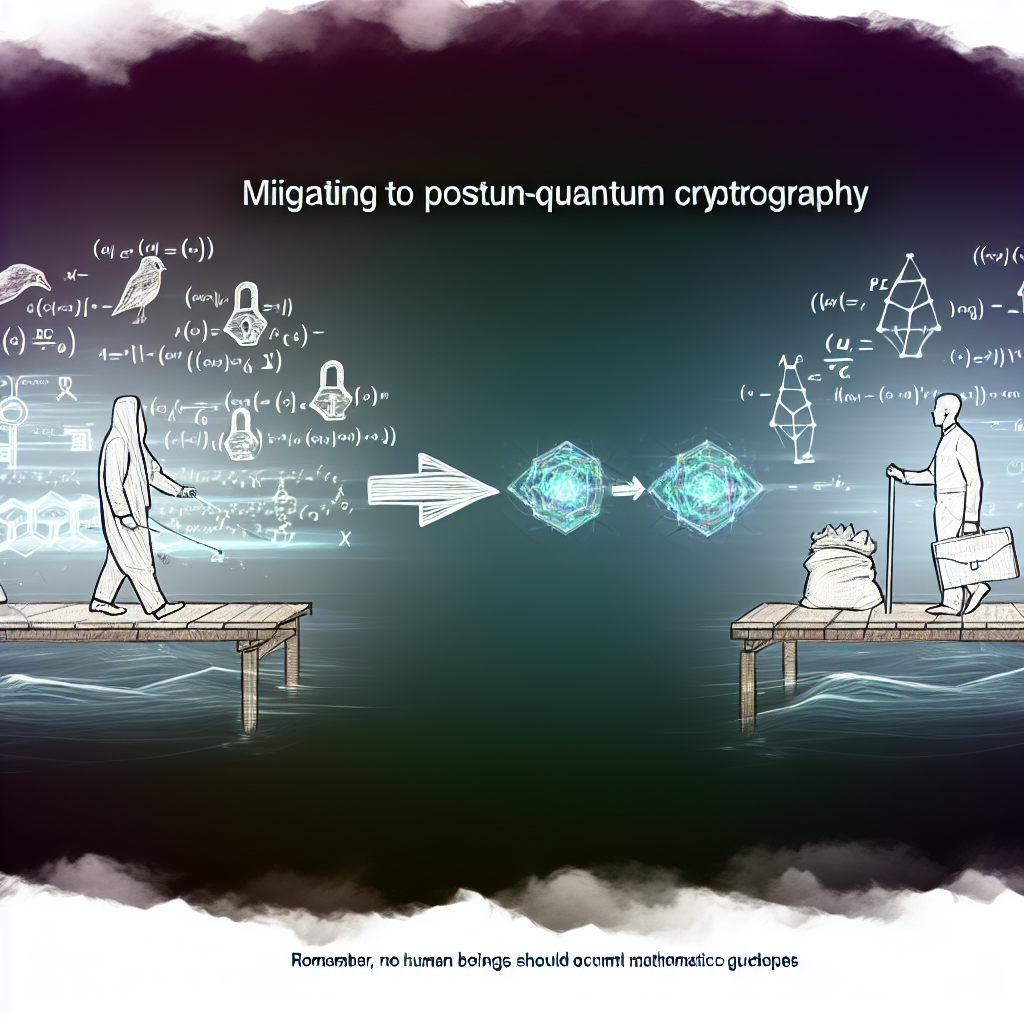In 2020, the NCSC released a comprehensive white paper titled Preparing for Quantum-Safe Cryptography. This document outlined the potential risks posed by forthcoming quantum computers, which could vastly outstrip current technology in both size and capability, threatening a significant range of cryptographic systems. Among these, public-key cryptography (PKC) is crucial, as it underpins secure communication across the internet and various networks.
The white paper further emphasizes that to mitigate the potential dangers posed by quantum computing, the NCSC advocates for the adoption of quantum-safe, or post-quantum cryptography (PQC). PQC is designed to withstand attacks from both quantum and classical computers, providing similar functional capabilities to existing PKC systems while being able to be implemented through a straightforward software update on many modern devices, such as PCs and smartphones.
While the shift to PQC appears straightforward in theory, the reality is that transitioning to PQC is a complex process. This blog aims to clarify the reasons behind this complexity.
The risk of quantum computing to traditional PKC has been recognized for many years, with extensive research into PQC being conducted by cryptographers across academia, industry, and government since at least the mid-2000s. PQC utilizes different mathematical approaches compared to traditional PKC, and the depth of study conducted has enabled a thorough examination of algorithms poised for widespread usage.
In 2016, the US National Institute of Standards and Technology (NIST) initiated the selection process for standardizing PQC algorithms, which has now reached a significant point with the release of draft standards. This marks a pivotal transition from research-focused efforts toward a global IT migration initiative concerning PQC.
With draft standards now available, organizations managing their own cryptographic systems can begin to navigate PQC migration. They may start testing implementations of new PQC algorithms to evaluate their effectiveness in critical applications. To assist in this transition, the NCSC is also providing further guidance on algorithm selection and protocol considerations.
Transitioning to PQC is not only about integrating new algorithms; it involves a comprehensive redesign of protocols and services. PQC typically demands more from both devices and networks than traditional PKC does. This includes increased data communication requirements between parties implementing PQC for secure communications. International standard-setting bodies are revising protocol standards alongside algorithm development, facilitating test deployments of PQC by key service providers to gauge transition impact.
While the upgrade of many major internet services (and their corresponding applications) may seem one of the more manageable aspects of the PQC transition, legacy protocols and sector-specific protocols, particularly those linked to critical national infrastructure (CNI), also face the need to transition to PQC. Challenges here include operating cryptography on resource-constrained devices and updating complex legacy systems.
Fortunately, significant research has been dedicated to addressing these challenging scenarios, with viable solutions developed for numerous contexts. For systems or infrastructure unable to adopt PQC upgrades, owners will need to incorporate PQC transition planning into their regular technology refresh processes. Over the coming years, NCSC will provide specialized advice to critical sectors to facilitate PQC transition.
Despite the magnitude of the undertaking, it is crucial to remember that for many applications, PQC effectively translates to ‘just software’. For a considerable number of these applications, which include internet services or applications maintained by large providers, the transition to PQC can occur through a simple software update from the service provider. Users and organizations depending on these service providers for cryptography should adhere to NCSC guidelines on maintaining updated software and devices, as the PQC transition will largely unfold in the background.
For such users, the quantum threat can indeed be addressed with a relatively straightforward approach, thanks to the extensive groundwork laid by cryptographers, software engineers, hardware designers, security architects, and a wide range of cybersecurity experts globally.
John H
Head of Crypt Research

Based on an article from ncsc.gov.uk: https://www.ncsc.gov.uk/blog-post/migrating-to-post-quantum-cryptography-pqc





